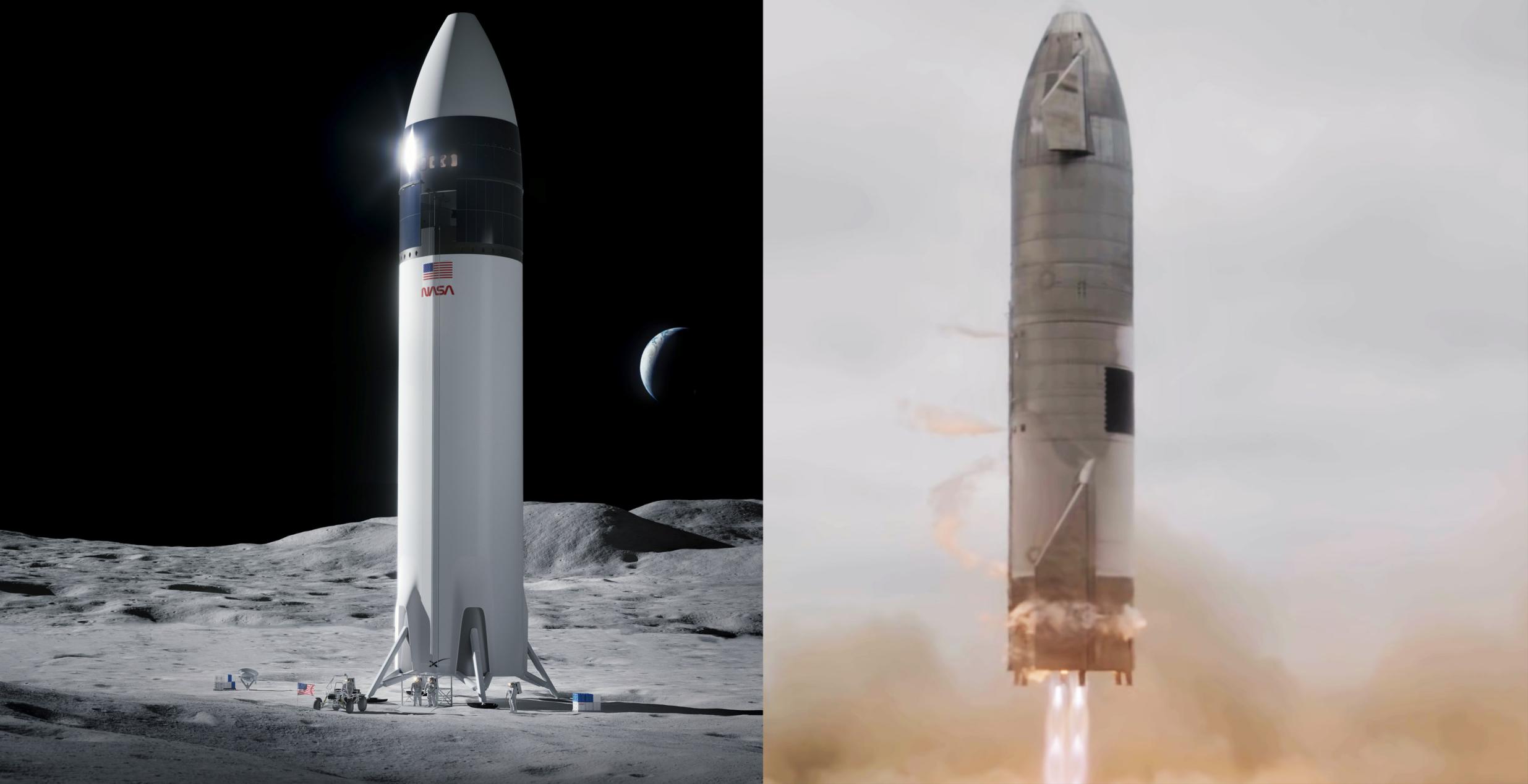NASA intends to build two distinct landers to transport people to the moon’s surface. In addition to the Starship Human Landing System from SpaceX, which was awarded in 2021, the US space agency recently stated that it was seeking ideas for lunar landers.
It may appear strange that NASA would want to develop two vehicles that perform the same function. However, the agency has been chastised for not inviting enough private-sector competition when awarding contracts and was the subject of a (failed) lawsuit by Jeff Bezos’s Blue Origin, which lost a contract for a lunar lander.
NASA claims that offering a second contract for a lunar lander would promote competition among private businesses and drive innovation ahead.
“Under Artemis, NASA will conduct a series of ground-breaking missions on and around the Moon in order to prepare for humanity’s next great leap forward: a crewed journey to Mars,” NASA Administrator Bill Nelson stated (via NASA).
“Competition is vital to our success on the lunar surface and beyond since it ensures that we will be able to launch missions on a regular basis throughout the next decade. Thank you to the Biden Administration and Congress for supporting this new astronaut lander opportunity, which will improve and expand Artemis’ capabilities.”
The Artemis Mission
NASA plans to start exploring the moon with an unmanned mission named Artemis I, which will serve as a test for the Space Launch System rocket and the Orion capsule. The Orion spacecraft will be sent into orbit around the moon and subsequently returned to Earth; the mission is scheduled to begin later this year, in the summer of 2022.
The following mission, Artemis II, will be a crewed mission that will go around the moon before returning to Earth to test out more of the equipment.
Artemis III will be the first crewed lunar landing, which will need the use of a lunar lander. A human landing system will be placed in orbit around the moon, with a team of four astronauts, including a woman and a person of color, docking with it. They will then descend to the moon’s surface and spend just under a week there, performing spacewalks and collecting samples, if all goes according to plan.
NASA claims that the creation of additional lunar landers will aid in the achievement of this objective. “This plan accelerates work toward a long-term, sustaining lander capability as early as 2026 or 2027,” according to Lisa Watson-Morgan, program manager for NASA’s Marshall Space Flight Center in Huntsville, Alabama (via NASA).
“Before we ask for services, we want two businesses to successfully transport people in their landers to the Moon’s surface under NASA’s direction, which might result in numerous experienced suppliers in the market.”

